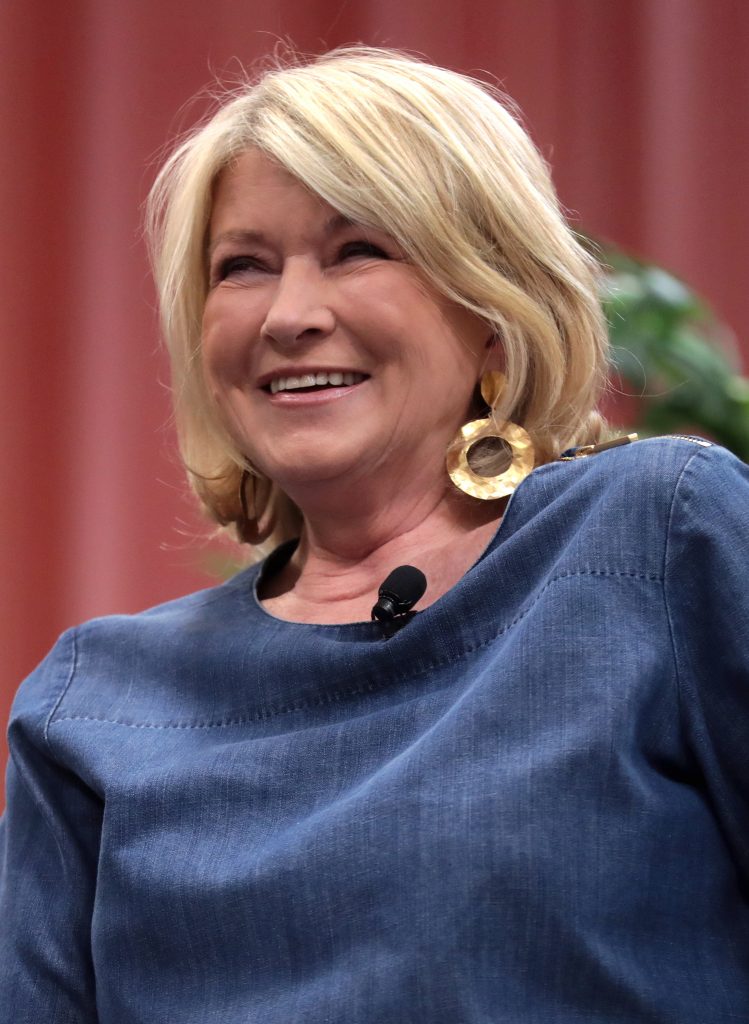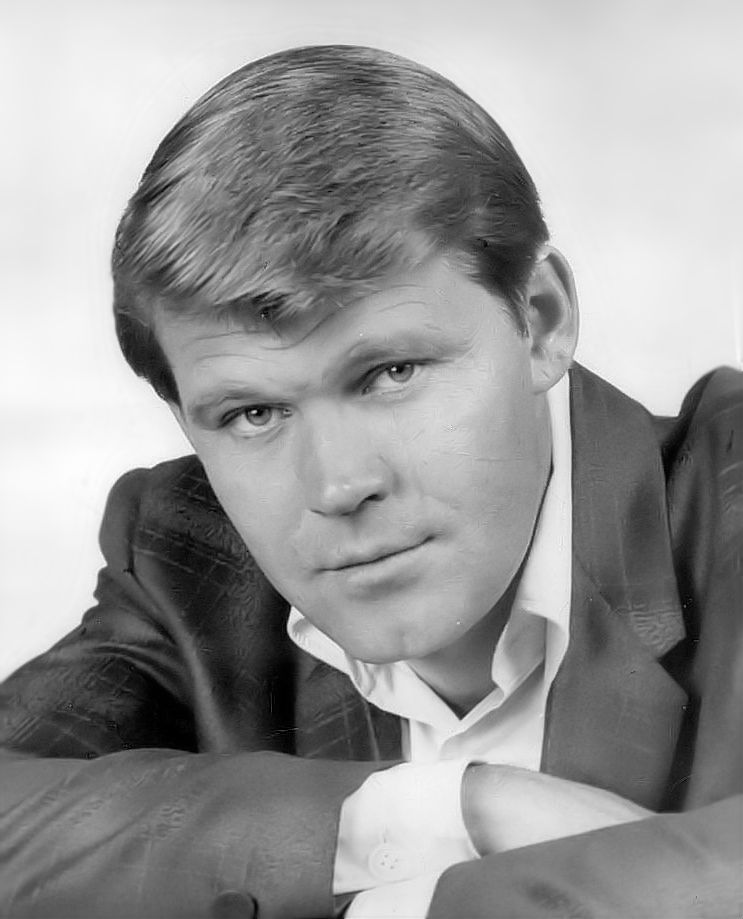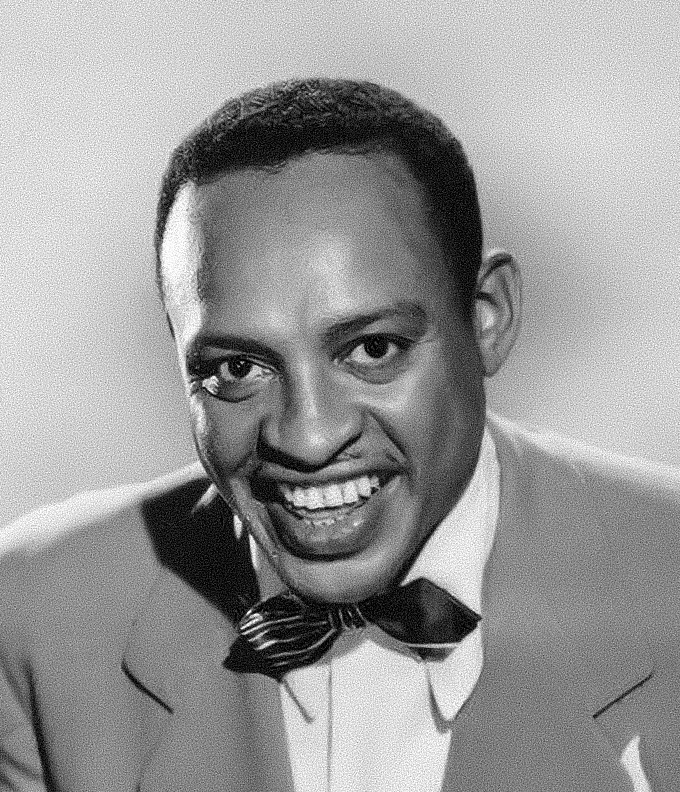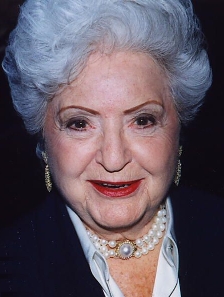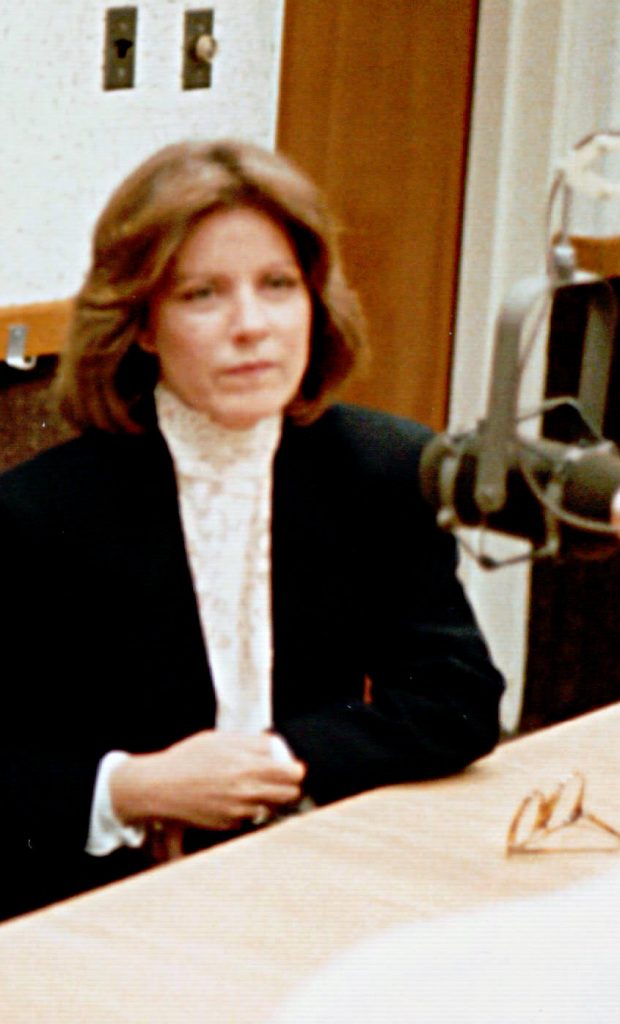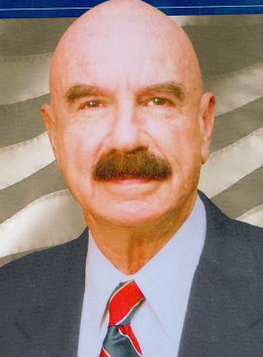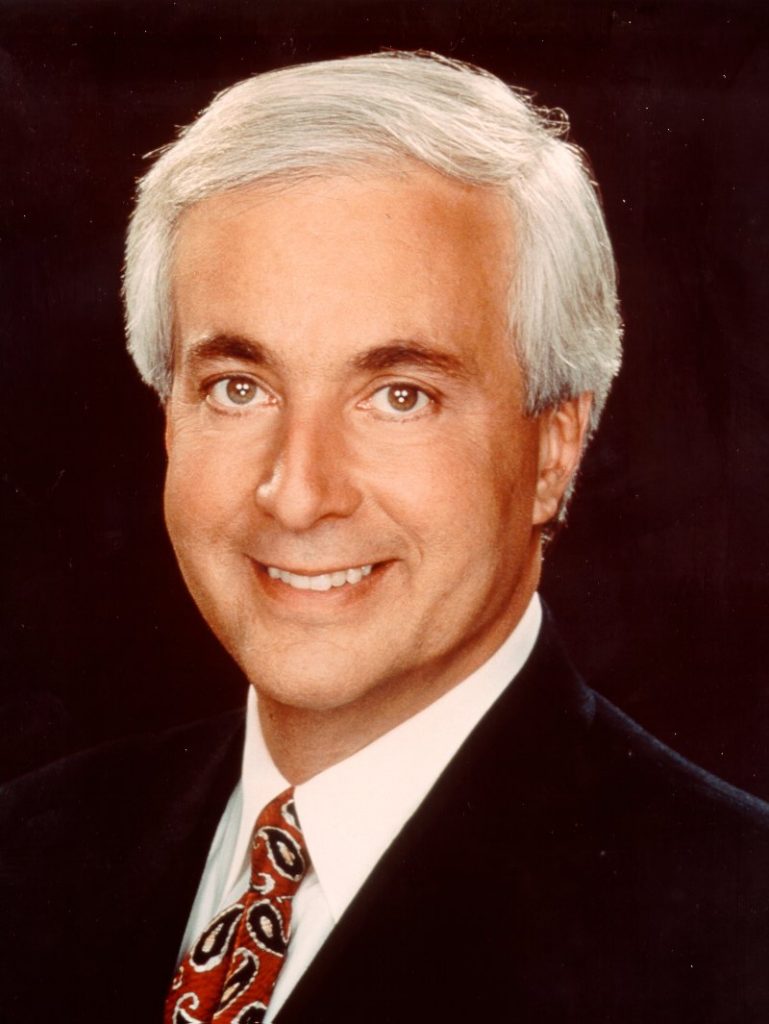
When I was a kid one of the TV shows I most look forward to every week was the Sunday night episode of “Candid Camera.”
With hidden cameras set up to catch their reactions, host Allen Funt played benign but often ingenius practical jokes on ordinary people. “Candid Camera” was a TV hit for years.
After Funt’s death in 1999 at aged 84, his son Peter Funt took over the family business, as it were, and carried on the “Candid Camera” franchise.
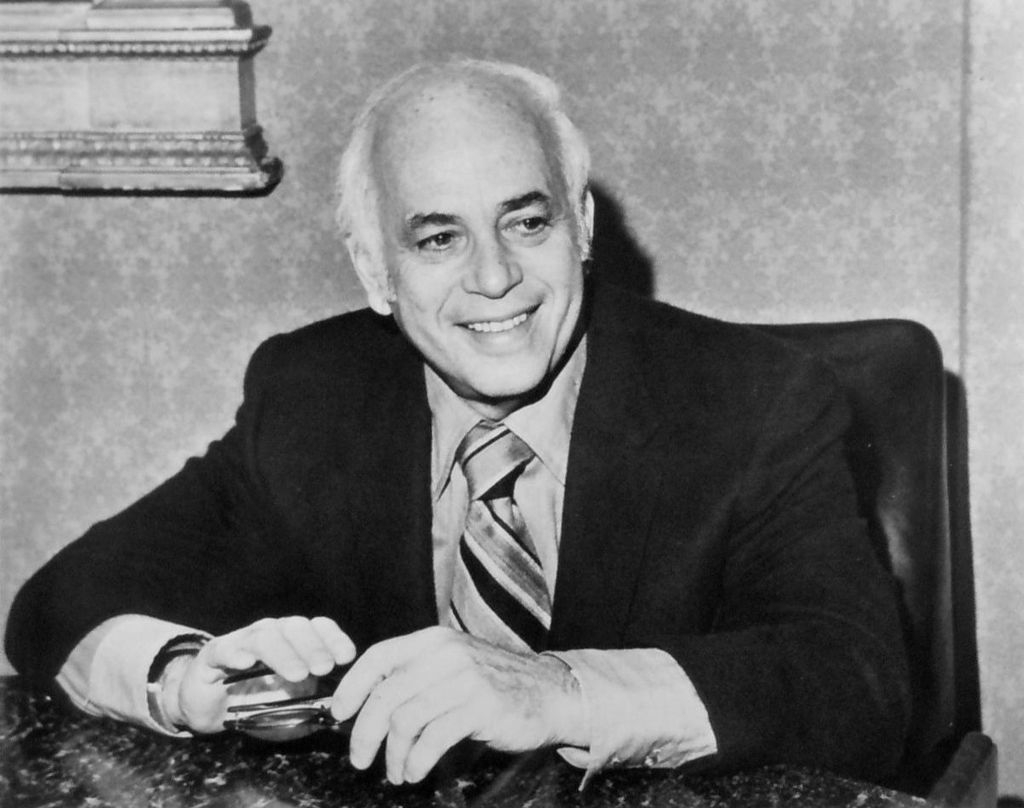
In 2013, he published a collection of his essays, and that’s when I had the chance to speak with him — and to get some inside scoop on “Candid Camera.”
So here now, from 2013, Peter Funt
Peter Funt is 74.
He writes a syndicated column and speaks to business organizations, often using clips from “Candid Camera” in his presentations.


